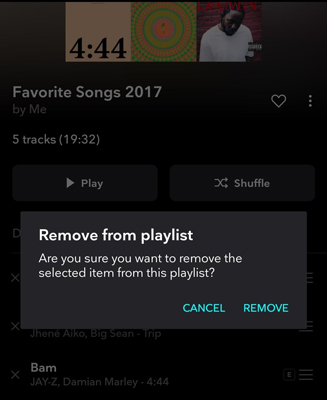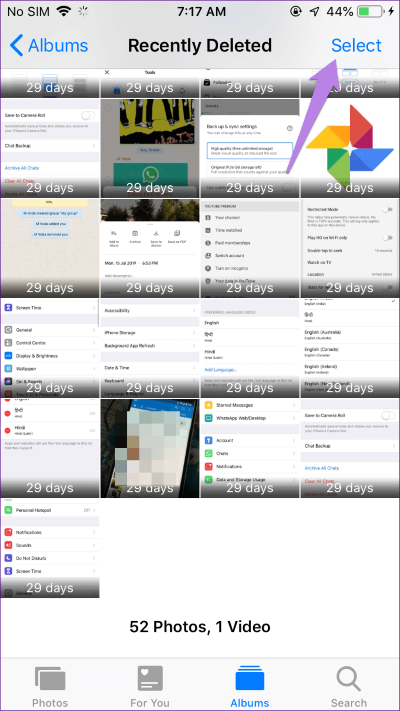

Playing TTS (text-to-speech) or audio files as alerts (e.g., a doorbell or alarm) is possible by setting the announce argument to true. Music services which require an account (e.g., Spotify) must first be configured using the Sonos app. Direct HTTP/HTTPS links to local or remote media files can also be used if the Sonos device can reach the URI directly, but specific media encoding support may vary. Playback of music hosted on a Plex server is possible. For example, both Spotify and Tidal share links can be provided as-is. Sonos accepts a variety of media_content_id formats in the media_ay_media service, but most commonly as URIs. It can be found and enabled from the entities associated with the Sonos integration on your Devices & Services page. The Sonos favorites sensor ( sensor.sonos_favorites) is disabled by default. When calling the media_ay_media service, the media_content_type must be set to “favorite_item_id” and the media_content_id must be set to just the key portion of the favorite item. For most users, accessing favorites by using the Media Browser functionality and “Play media” script/automation action is recommended. This sensor is intended for users that need to access the favorites in a custom template.


The favorites sensor provides the names and media_content_id values for each of the favorites saved to My Sonos in the native Sonos app. A binary_sensor reports its current state. The microphone can only be enabled/disabled from physical buttons on the Sonos device and cannot be controlled from Home Assistant. The alarm switches are detected, deleted and assigned automatically and come with several attributes that help to monitor Sonos alarms. The Sonos integration adds one switch for each alarm set in the Sonos app. S1 battery sensors require working events to report any data. The battery sensors rely on working change events or updates will be delayed. Note that the Roam will report SONOS_CHARGING_RING even when using a generic Qi charger. This source attribute can be one of BATTERY, SONOS_CHARGING_RING if using wireless charging, or USB_POWER if charging via USB cable. The binary_sensor reports if the speaker is currently powered by an external source and its power_source attribute shows which specific source is providing the current power.
Tidalqueue delete update#
Sonos Move speakers still on S1 firmware are supported but may update infrequently.įor each speaker with a battery, a sensor showing the current battery charge level and a binary_sensor showing the power state of the speaker are created. Voice-enabled devices: Microphone Enabledīattery sensors are fully supported for the Sonos Roam and Sonos Move devices on S2 firmware.Home theater devices: Audio Input Format.Devices with battery: Battery level, Power state.When paired with a sub: Subwoofer Enabled, Subwoofer Gain.
Tidalqueue delete full#


 0 kommentar(er)
0 kommentar(er)
